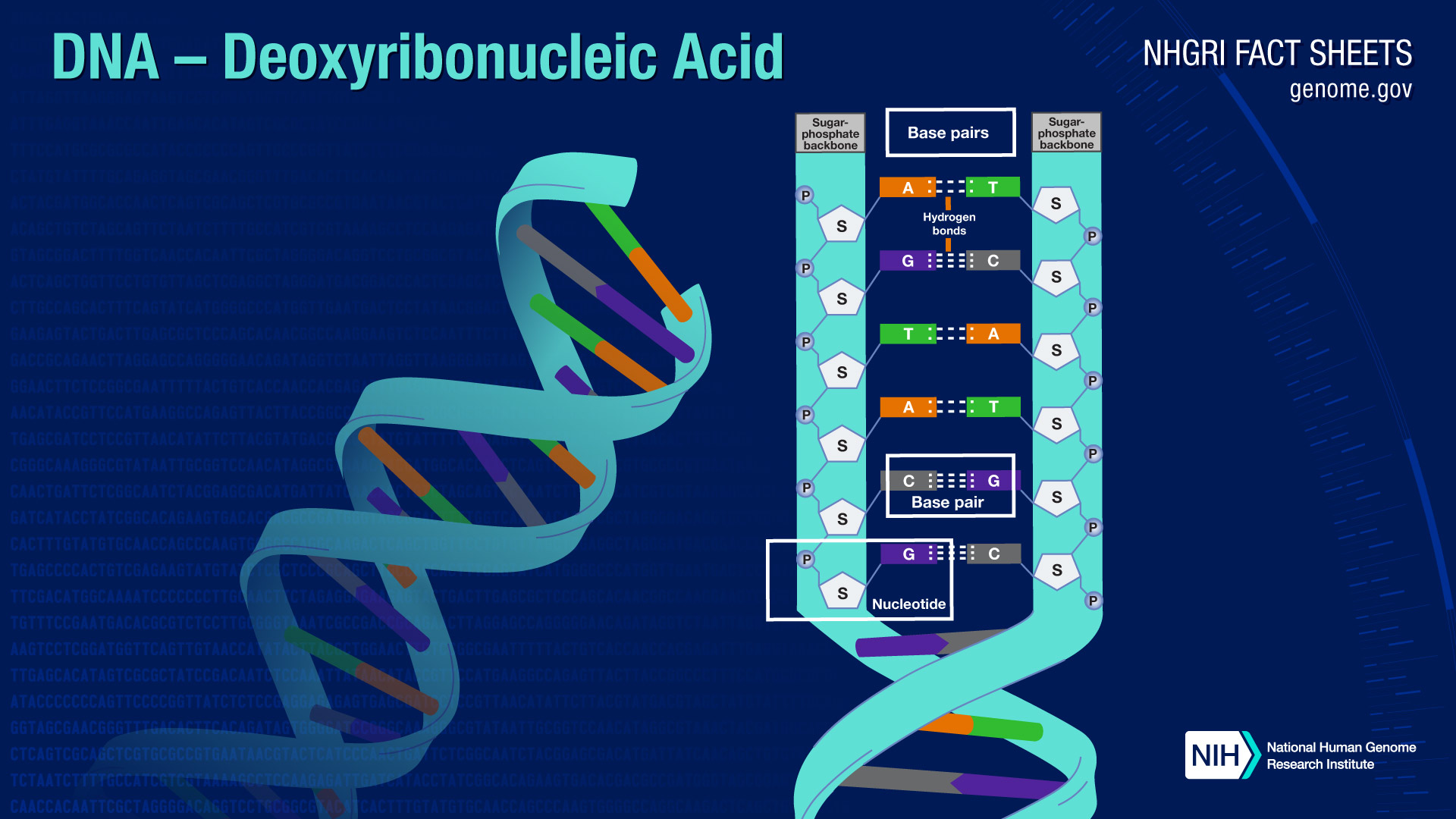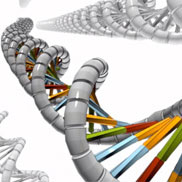Introduction to DNA
Deoxyribonucleic corrosive, all the more usually known as DNA, is an intricate particle that contains the entirety of the data important to construct and keep a life form. All living things include DNA inside their cells. Truth be told, essentially every cell in a multicellular organic entity has the full arrangement of DNA needed for that creature.
Nonetheless, DNA accomplishes more than indicate the design and capacity of living things — it likewise fills in as the essential unit of heredity in life forms, everything being equal. At the end of the day, at whatever point life forms replicate, a part of their DNA is given to their posterity. This transmission of all or a piece of an organic entity's DNA guarantees a specific degree of coherence starting with one age then onto the next, while as yet considering slight changes that add to the variety of life.
Yet, what, precisely, is DNA? What more modest components make up this unpredictable particle, how are these components masterminded, and how is data separated from them? This unit addresses every one of these inquiries, and it likewise gives an essential outline of the interaction of DNA revelation.
DNA, or deoxyribonucleic corrosive, is the focal data stockpiling arrangement of most creatures and plants, and even some infections. The name comes from its construction, which is a sugar and phosphate spine which have bases standing out from it- - supposed bases. So that "deoxyribo" alludes to the sugar and the nucleic corrosive alludes to the phosphate and the bases.
The bases pass by the names of adenine, cytosine, thymine, and guanine, also called A, C, T, and G. DNA is an amazingly basic construction. It's a polymer of four bases- - A, C, T, and G- - yet it permits gigantic intricacy to be encoded by the example of those bases, in a steady progression.
DNA is coordinated basically into chromosomes and afterward twisted around nucleosomes as a feature of those chromosomes. Practically, it's coordinated into qualities, of which are bits of DNA, which lead to detectable attributes. Also, those attributes come not from the actual DNA, but rather really from the RNA that is produced using the DNA, or most usually of proteins that are produced using the RNA which is produced using the DNA.
So the focal authoritative opinion, supposed of atomic science, is that qualities, which are made of DNA, are made into courier RNAs, which are then made into proteins. In any case, generally, the detectable qualities of eye tone or stature or something of people come from singular proteins. Now and then, we're learning over the most recent couple of years, really, they come from RNAs themselves without being made into proteins- - things like miniature RNAs. In any case, those actually are moderately the exemption for representing qualities.
In creatures called eukaryotes, DNA is found inside an uncommon zone of the phone called the core. Since the cell is little, and in light of the fact that creatures have numerous DNA particles per cell, every DNA atom should be firmly bundled. This bundled type of the DNA is known as a chromosome.
During DNA replication, DNA loosens up so it very well may be duplicated. At different occasions in the cell cycle, DNA additionally loosens up so its guidelines can be utilized to make proteins and for other organic cycles. However, during cell division, DNA is in its minimal chromosome structure to empower move to new cells.
Analysts allude to DNA found in the cell's core as atomic DNA. A living being's finished arrangement of atomic DNA is called its genome.
Where is DNA found?

In creatures called eukaryotes, DNA is found inside an uncommon zone of the phone called the core. Since the cell is little, and in light of the fact that creatures have numerous DNA particles per cell, every DNA atom should be firmly bundled. This bundled type of the DNA is known as a chromosome.
During DNA replication, DNA loosens up so it very well may be duplicated. At different occasions in the cell cycle, DNA additionally loosens up so its guidelines can be utilized to make proteins and for other organic cycles. However, during cell division, DNA is in its minimal chromosome structure to empower move to new cells.
Analysts allude to DNA found in the cell's core as atomic DNA. A living being's finished arrangement of atomic DNA is called its genome.
Other than the DNA situated in the core, people and other complex organic entities likewise have a modest quantity of DNA in cell structures known as mitochondria. Mitochondria produce the energy the cell needs to work appropriately.
In sexual proliferation, creatures acquire half of their atomic DNA from the male parent and half from the female parent. Notwithstanding, life forms acquire the entirety of their mitochondrial DNA from the female parent. This happens on the grounds that solitary egg cells, and not sperm cells, keep their mitochondria during preparation.
What DNA is made up of?
DNA is made of compound structure blocks called nucleotides. These structure blocks are made of three sections: a phosphate gathering, a sugar gathering and one of four kinds of nitrogen bases. To shape a strand of DNA, nucleotides are connected into chains, with the phosphate and sugar bunches rotating.
The four kinds of nitrogen bases found in nucleotides are: adenine (A), thymine (T), guanine (G) and cytosine (C). The request, or succession, of these bases figures out what natural directions are contained in a strand of DNA. For instance, the arrangement ATCGTT may train for blue eyes, while ATCGCT may educate for earthy colored.





Comments
Post a Comment